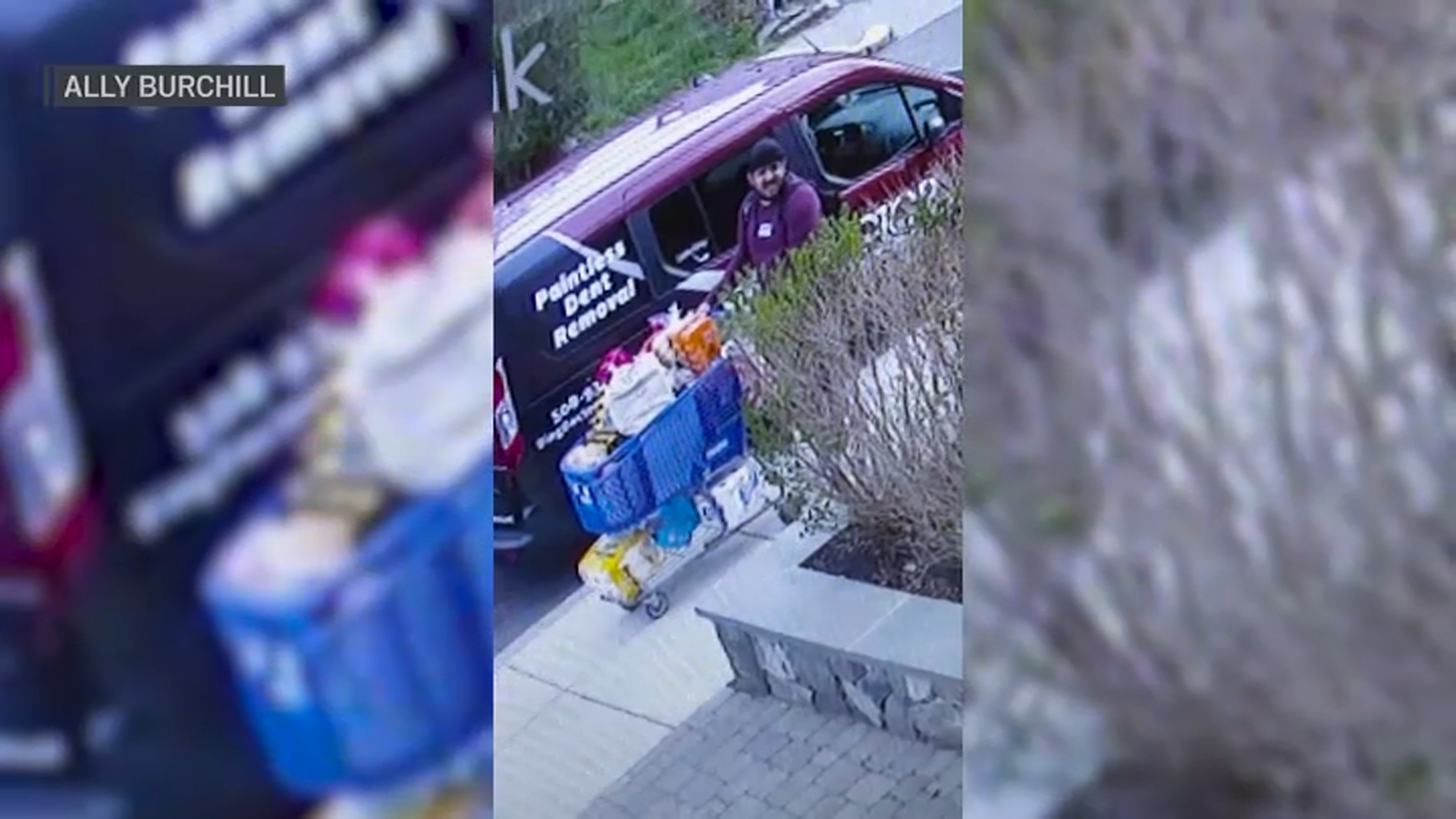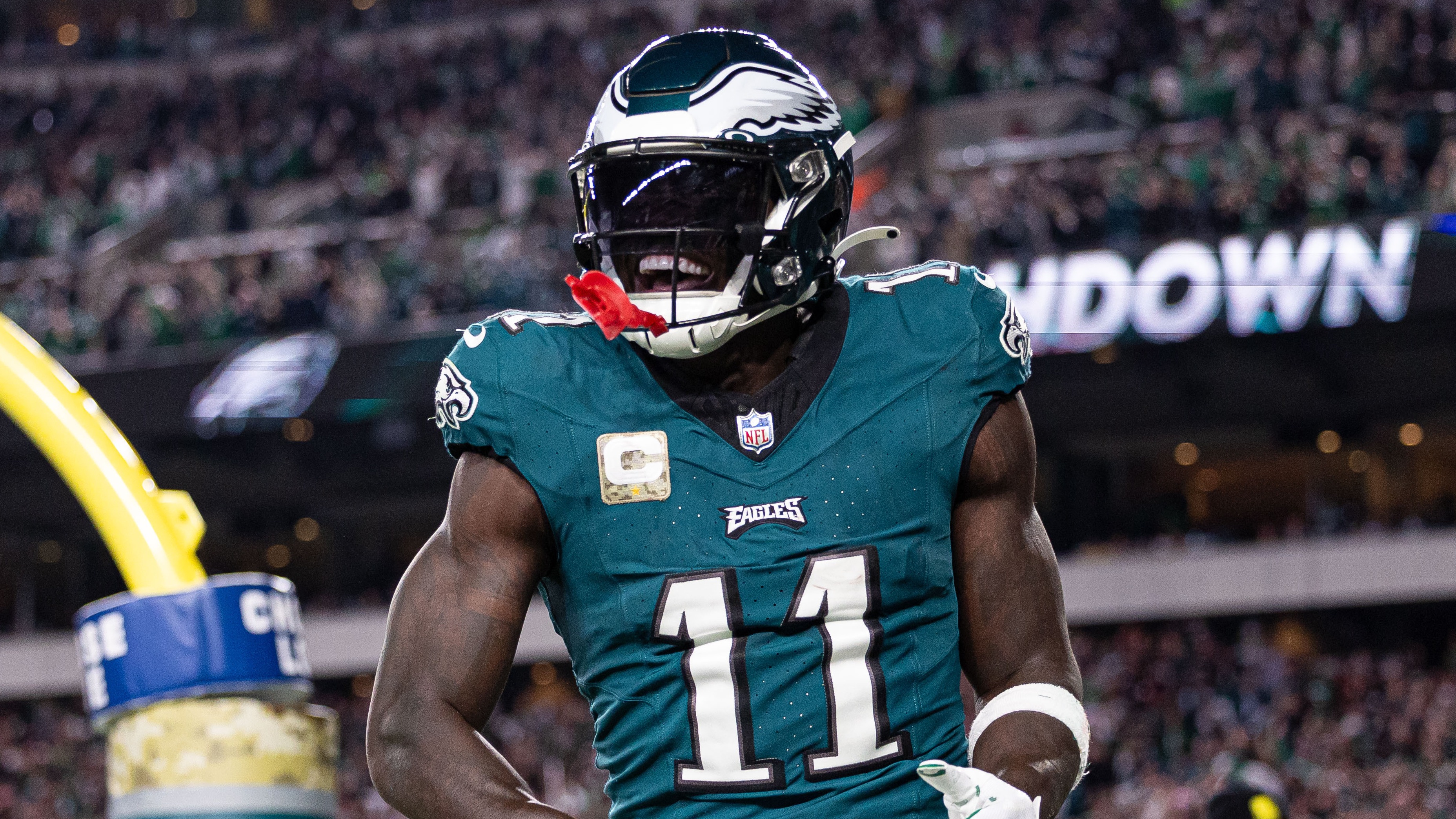(NECN: Jack Thurston, Burlington, Vt.) - Debbie Drewniak, a traumatic brain injury survivor who was struck and nearly killed by a young driver in August of 2011, spoke Monday to several dozen Vermont teens about the risks of distracted driving. "I hope people don't text and drive," the Colchester, Vt. 54-year-old told New England Cable News. "Texting and driving is really hurtful to people so I hope they stop it."
Most of the bones in Drewniak's body were broken, she said, and she was left comatose when she was struck by Emma Vieira. Vieira, then 18, had her mind more on text messages than on the road, Colchester police said at the time.
Even though she initially denied the texting allegation, Vieira pled guilty in October 2012 to a charge of negligent operation of a motor vehicle with serious bodily injury resulting. Vieira later would acknowledge she was distracted by her text conversations, but claimed it was the content of those chats that took her mind off the road, and not button-pushing at the actual moment of the collision.
In January, 2013, Vt. Superior Court Judge Michael Kupersmith sentenced Vieira to 30 days in jail followed by five months of home confinement. Vieira remains under a lengthy probation period. "I would just like to say I'm really sorry, Deborah," Vieira said in court in January, addressing Drewniak. "I wish I could take all your pain away and I do wish I could take your spot, and give you your life back. I never meant for any of this to happen."
At an event hosted Monday by the University of Vermont College of Medicine and the state’s largest hospital, Fletcher Allen Health Care in Burlington, Drewniak met with driver's ed students from two Vermont towns, Milton and Northfield. She discussed the dangers of losing focus when operating what can be a deadly weapon: a car. The program also included a distracted-driving video simulation and a demonstration of how a trauma patient is treated at the ER.
"I think at first, it was just like, 'Grown-ups are telling me what to do again,'" said Zoe True, 16, a Milton High School sophomore. "But now it's kind of like, ‘This is serious.’ People are seriously getting in crashes because people are texting. If I'm going to go drive, I will turn my phone off or put it on vibrate and tell others, 'I'm driving now; sorry, I can't text you.'"
According to the National Highway Traffic Safety Administration, a tenth of fatal crashes in 2011 were reported as having been affected by distracting driving. That amounted to 3,331 people who were killed, the government agency said. An estimated additional 387,000 were injured in crashes involving distracted drivers, according to the NHTSA.
Local
Distracted driving is now more than just making or receiving a phone call or sending a text message. In a new trend safety advocates like Drewniak have called very disturbing, users of social media are taking self-portraits with their cell phone cameras and then instantly sharing these "selfies," as they're known, through their cell phones.
On Instagram, NECN found several thousand of these photos under the hashtag "#drivingselfie." Images like them inspired Toyota to recently take out an ad urging people "don't shoot and drive," in reference to taking photos behind the wheel. The ad showed a car wreck through several of the image filters popular on social media apps like Instagram.
"Your social life can wait," said Erik Schmidt, 16, a sophomore at Milton High. "Because if you don't let it wait, you might not have a social life in the end."
"You can always take another picture," added 16-year-old Curtis Richardson, a Milton junior. "It's not like it's going to change; not like your picture is going to change in the next three seconds."
Debbie Drewniak said she is optimistic the future drivers she met will stick to their pledge of "it can wait," borrowing that phrase from the AT&T Wireless campaign aimed at reducing distracted driving.
Drewniak added that she hopes everyone, regardless of age, will save their photo-sharing, texting, or other technology use until after they've arrived at their destinations. "I hope they get the message," Drewniak said. "Don't text and drive."



